3D modelling and animation have become integral parts of the entertainment industry, and their importance has only grown in recent years. Two of the most popular 3D software applications professionals and enthusiasts use are Maya Vs Blender. Both programs offer a wide range of features and tools for creating stunning visual content, but they differ in many ways.
Whether you’re new to 3D modelling and animation or a seasoned artist looking to switch, understanding the differences between these two powerful tools can help you decide which one to use for your projects.
What is Maya?
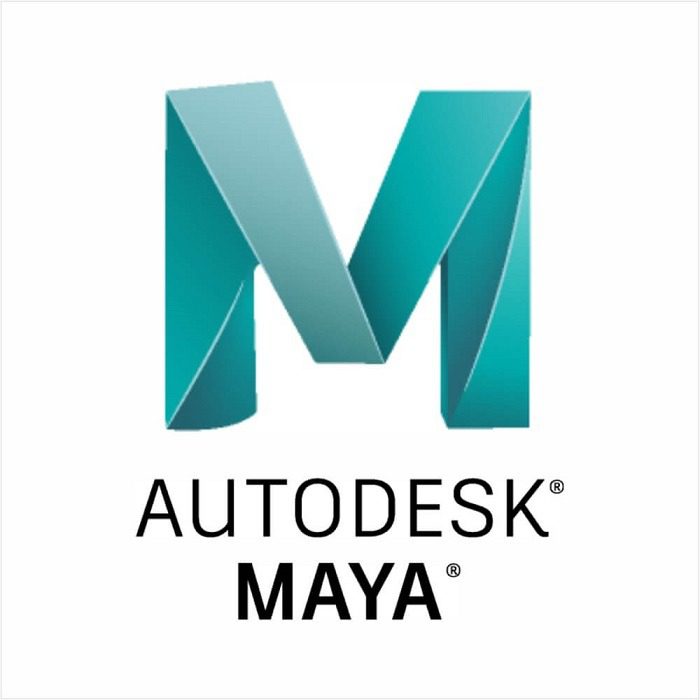

Maya is a comprehensive 3D computer graphics software developed and published by Autodesk Inc. It is widely used in the entertainment industry for creating visual effects, animated films, video games, and other multimedia content. Maya provides a wide range of tools and features for modelling, texturing, animation, and rendering 3D objects and scenes.
Maya’s advanced simulation capabilities allow users to create realistic animations for fluids, cloth, hair, and other physical effects. It also supports a customizable workflow and various programming languages, including MEL, Python, and C++, allowing users to extend the software’s capabilities by writing custom scripts and plugins. Maya’s popularity in the industry can be attributed to its long history and extensive use in major studios worldwide. It has been used in creating blockbuster films such as Avatar, Star Wars, and Lord of the Rings, among many others, making it a trusted and reliable tool for professionals in the field.
Maya Summary – Overview
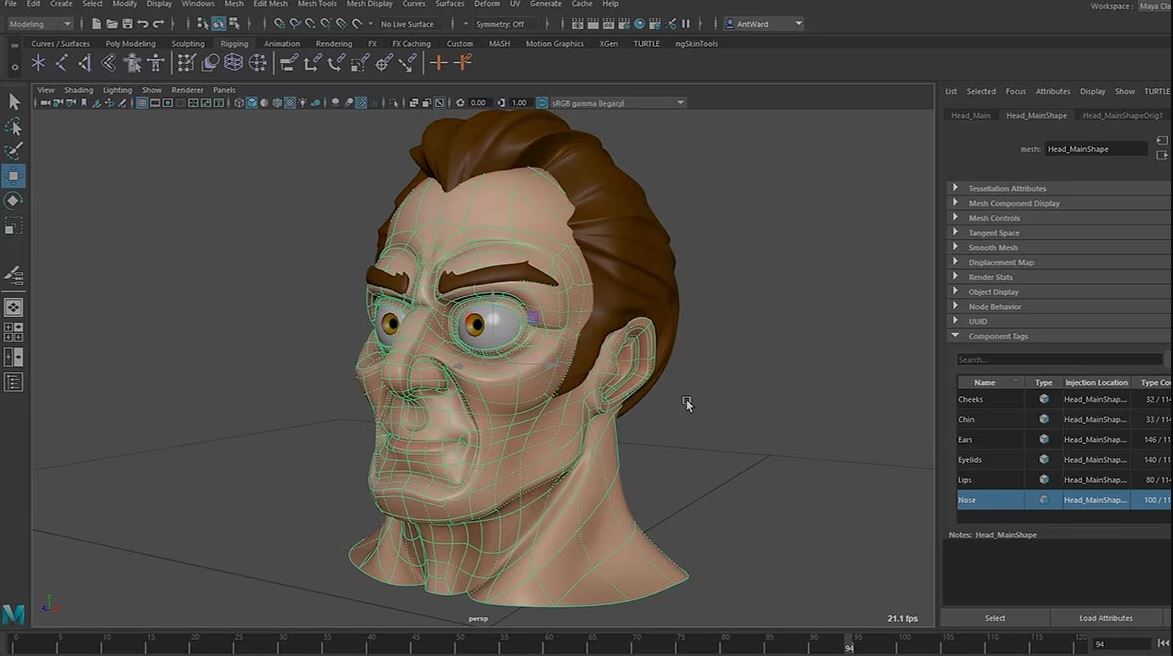

Maya is a comprehensive 3D computer graphics software that provides users with a wide range of tools and features for creating stunning visual content. It is widely used by professionals and enthusiasts in the entertainment industry, including filmmakers, game developers, TV show producers, and architects.
Maya’s robust and flexible design allows for the creation of 3D models, characters, and environments with unparalleled detail and realism. Its advanced simulation capabilities enable users to create realistic animations for fluid, cloth, and hair effects. Moreover, its motion graphics tools allow users to create eye-catching visual effects and stunning animations for titles and other motion graphics projects.
Maya’s interface is designed to be user-friendly, offering a customizable workflow that allows users to work more efficiently. Its extensive scripting support, which includes MEL, Python, and C++, enables users to extend its capabilities by writing custom scripts and plugins.
Autodesk continuously updates and improves the software, providing users with new features and tools to help them stay ahead of the competition. Maya also supports a wide range of file formats, making it easier for users to collaborate seamlessly with other software and integrate it into their workflows.
Overall, Maya is a versatile and powerful 3D software that provides users with the tools they need to create stunning visual content for a wide range of applications. Its widespread use in the industry makes it a trusted and reliable tool for professionals and enthusiasts alike.
History of Maya
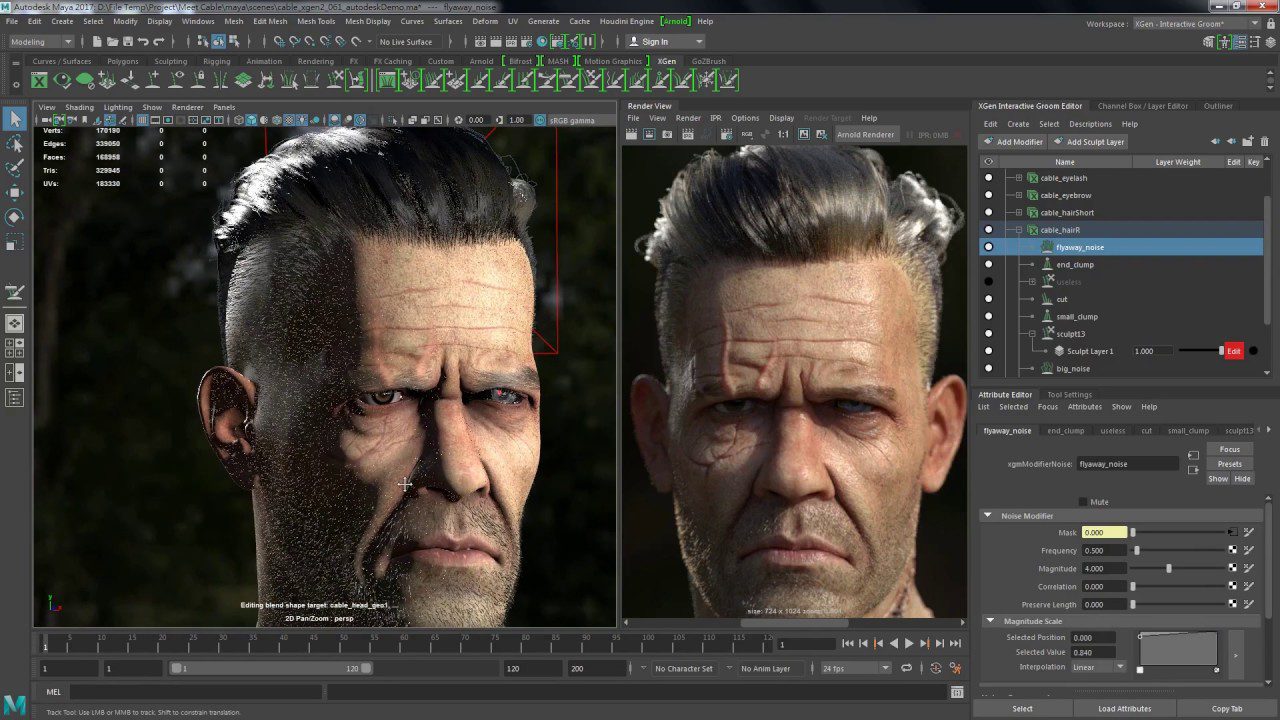

Maya was originally developed by Alias Systems Corporation in 1998 and was later acquired by Autodesk in 2005. The software was named after the ancient Maya civilization, known for its advanced mathematics, astronomy, and art systems.
Maya quickly gained popularity in the entertainment industry due to its advanced capabilities and versatile features. It was used to create numerous blockbuster films, including the Lord of the Rings trilogy and Avatar. Its advanced simulation and animation tools also made it a preferred choice for video game development, architectural visualization, and other multimedia projects.
Over the years, Autodesk has continued to improve and update Maya, providing users with new features and tools to help them stay ahead of the competition. Today, Maya remains one of the most popular 3D software applications in the entertainment industry, trusted and relied on by professionals and enthusiasts alike for its powerful capabilities and ease of use.
Pros and Cons of Maya
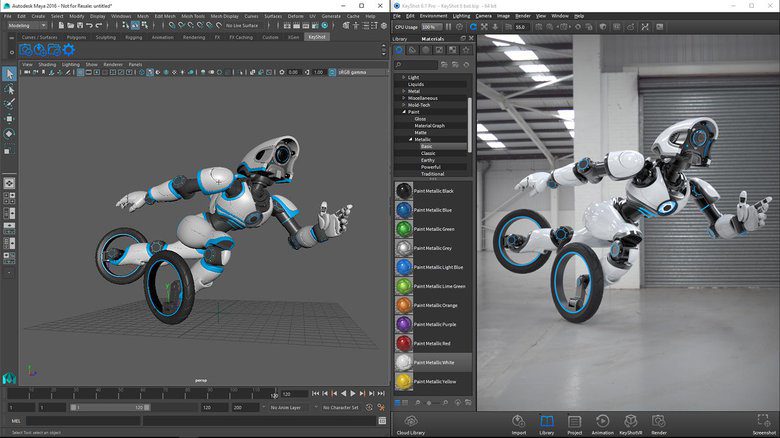

Despite being a powerful software, Maya also has some limitations and challenges, making it essential to evaluate its pros and cons before deciding whether it is the right software for your project.
Pros of Maya
- A comprehensive set of tools for modelling, texturing, animation, and rendering 3D objects and scenes.
- Advanced simulation capabilities for creating realistic physical effects such as fluids, cloth, and hair.
- Wide range of programming language support, including MEL, Python, and C++, for customization and extending its capabilities.
- User-friendly interface and customizable workflow.
- Continuous updates and improvements from Autodesk, providing users with new features and tools.
Cons of Maya
- Expensive pricing for the software and required hardware.
- The steep learning curve for beginners requires dedicated time and effort to master.
- It can be resource-intensive, requiring high-end hardware for smooth performance.
- Lack of real-time rendering capabilities, requiring rendering times for high-quality output.
- Requires a subscription model for the latest updates and support, which may not be affordable for some users.
What is Blender?
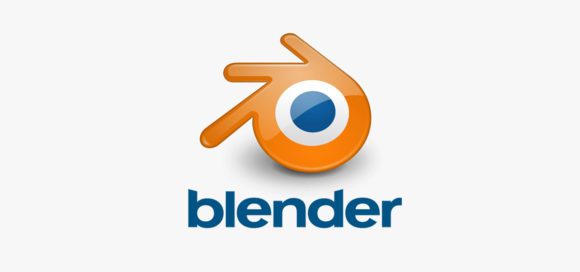

Blender is a free and open-source 3D creation software developed by Blender Foundation. It is widely used in the entertainment industry for creating visual effects, animated films, video games, and other multimedia content. Blender offers comprehensive tools and features for modelling, texturing, animation, and rendering 3D objects and scenes.
Blender’s user interface is designed to be user-friendly, offering a customizable workflow that allows users to work more efficiently. It also supports various file formats, making it easier for users to collaborate seamlessly with other software and integrate it into their workflows. Its advanced simulation capabilities allow users to create realistic animations for fluids, cloth, hair, and other physical effects. Additionally, it supports a scripting language, Python, which allows users to extend the software’s capabilities by writing custom scripts and plugins.
Blender Summary – Overview
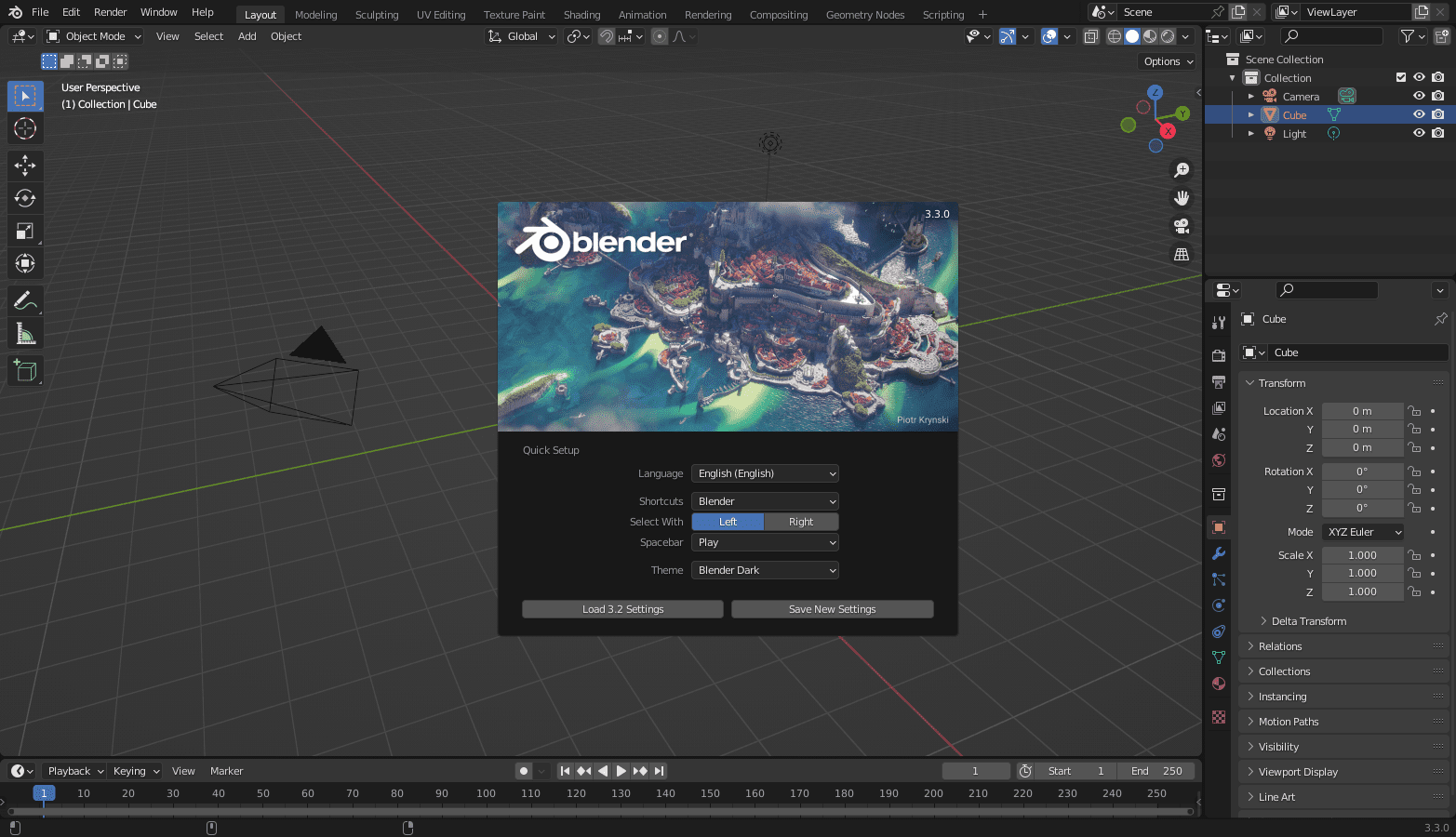

Blender is a free and open-source 3D creation software that offers a wide range of tools and features for creating stunning visual content. Developed by Blender Foundation, Blender is available for Windows, Mac, and Linux operating systems, making it accessible to a broader audience.
Blender’s interface is designed to be user-friendly, allowing users to customize it to their preferences for efficient workflow. Its flexible and customizable workflow provides a wide range of tools for modelling, texturing, animation, and rendering 3D objects and scenes. Blender’s animation tools are particularly noteworthy, offering advanced features such as keyframe animation, motion graphics, and character animation.
In addition to its modelling and animation tools, Blender supports advanced simulation capabilities, including fluids, cloth, and hair simulation, allowing users to create realistic and dynamic animations. Blender’s flexible Python API makes it easy for users to extend its capabilities by writing custom scripts and plugins. Furthermore, it supports various file formats, allowing for seamless integration into existing workflows and easier collaboration with other software. Overall, Blender is a powerful 3D creation software offering a comprehensive set of tools and features suitable for professionals and enthusiasts.
History of Blender
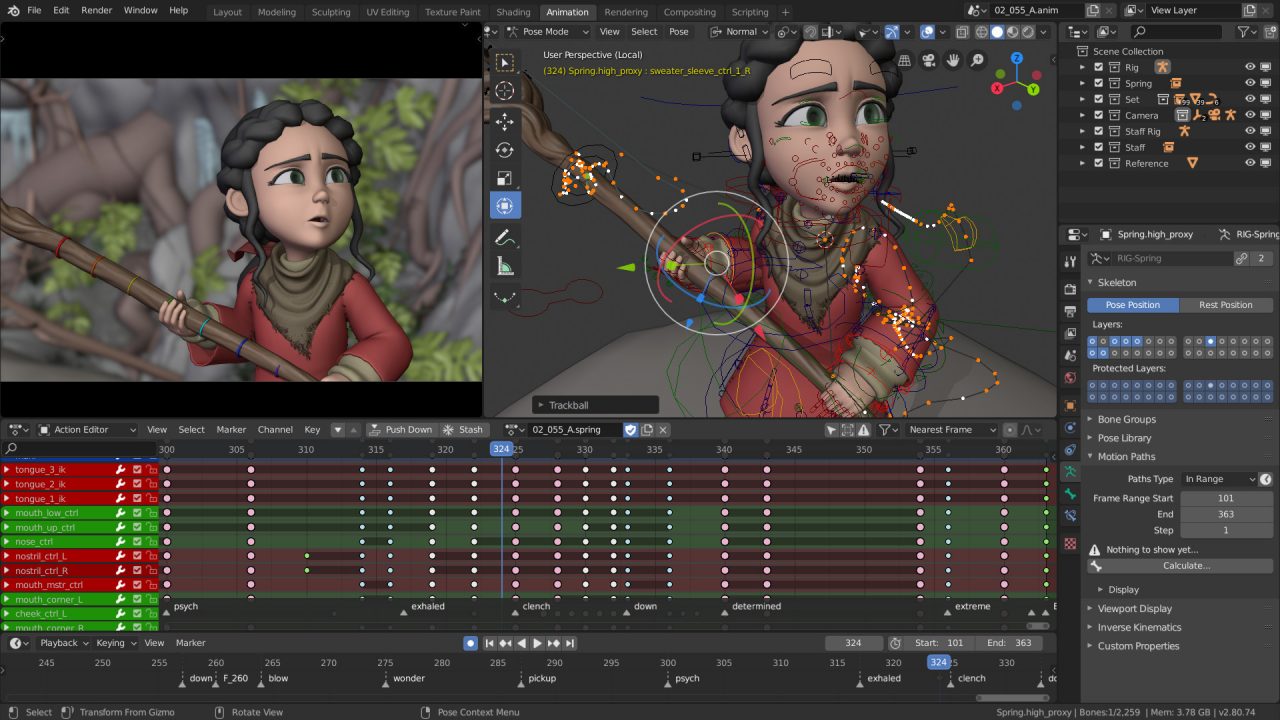

Blender was originally developed in the early 1990s by Ton Roosendaal as an in-house 3D animation tool for the Dutch animation studio NeoGeo. It was released as open-source software in 1998 under the GNU General Public License.
Over the years, Blender has gone through various stages of development and has been supported by a community of dedicated developers and users. Blender Foundation, a non-profit organization founded by Ton Roosendaal, was established in 2002 to support Blender’s development and further its use in the creative industries.
Since then, Blender has continued to evolve and improve, adding new features and capabilities to its toolset. In recent years, Blender has gained significant popularity in the entertainment industry, with major studios such as Pixar, DreamWorks Animation, and Sony Pictures Imageworks using it for their projects. Today, Blender is one of the world’s most widely used 3D creation software, trusted by professionals and enthusiasts alike for its powerful capabilities, user-friendly interface, and open-source accessibility.
Pros and Cons of Blender
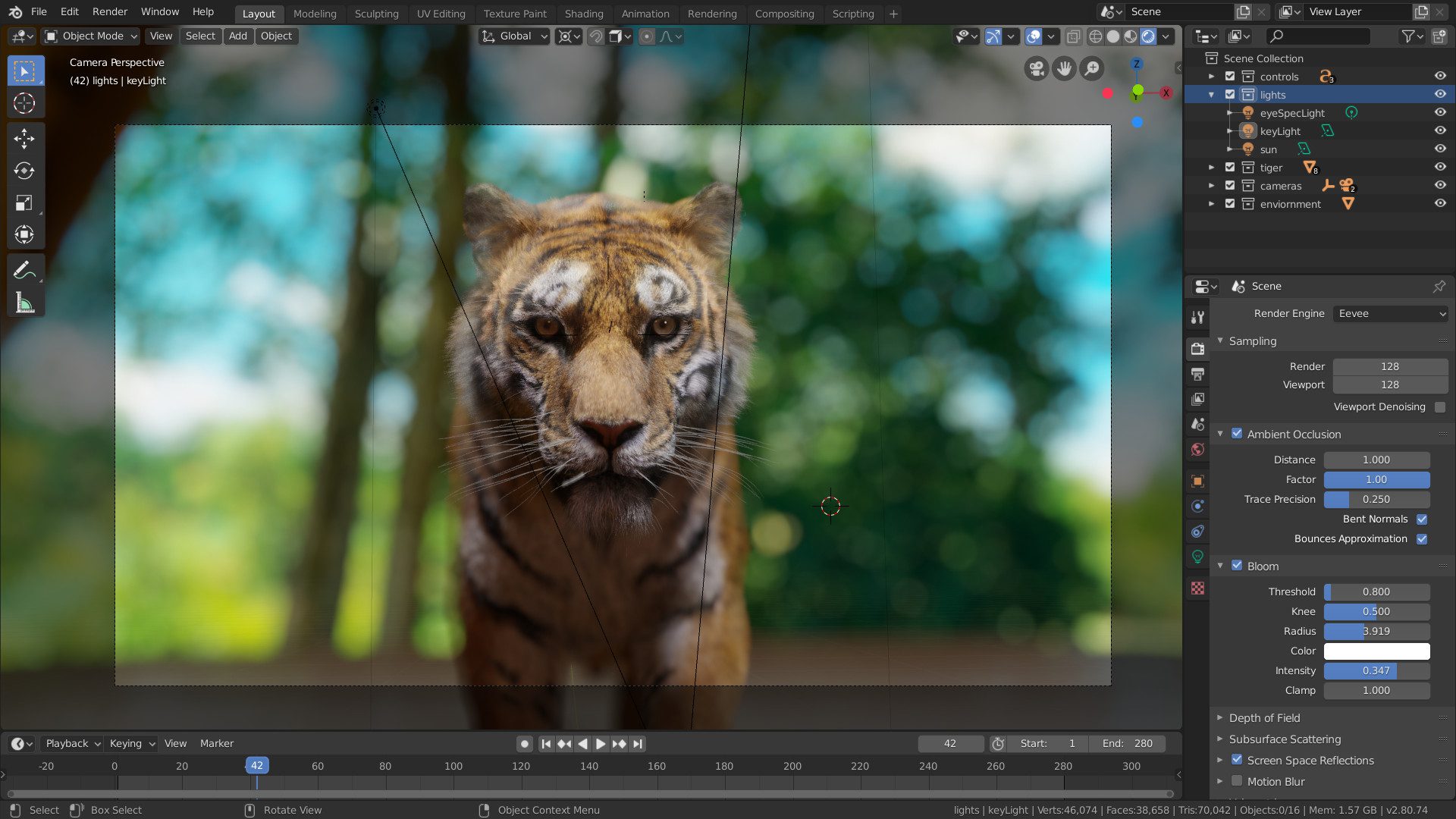

As with any software, Blender has its strengths and limitations that users should consider before deciding whether it is the right tool for their needs.
Pros of Blender
- Free and open-source, making it accessible to a wider audience
- A comprehensive set of tools for modelling, texturing, animation, and rendering
- Advanced simulation capabilities for creating realistic physical effects such as fluids, cloth, and hair
- User-friendly interface and customizable workflow
- Continuously evolving and improving with new features and updates
Cons of Blender
- The steep learning curve for beginners requires dedicated time and effort to master
- Some advanced features may be limited compared to other 3D creation software
- It can be resource-intensive, requiring high-end hardware for smooth performance
- Lack of official customer support
- Some compatibility issues with other software
Maya Vs Blender: Features Comparison
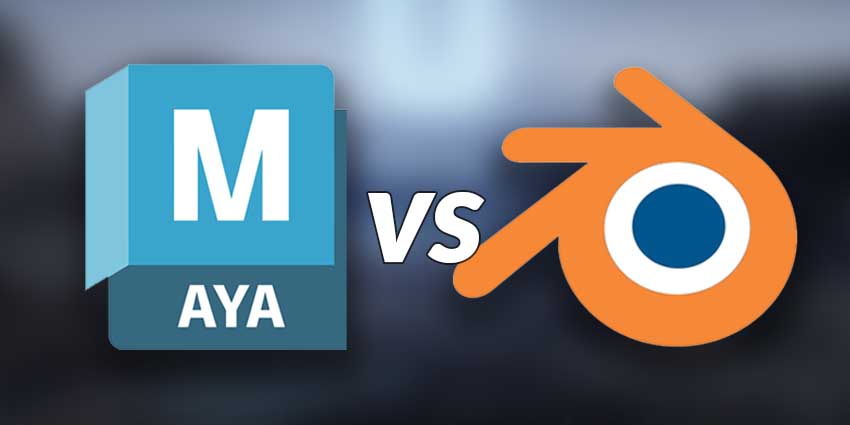

Maya Vs Blender are powerful 3D creation software that offers comprehensive features for modelling, texturing, animation, and rendering. While they share some similarities, they also have distinct differences that may make one a better fit for certain users or projects. In this section, we will provide a comparison of Maya Vs Blender’s key features to help you make an informed decision.
Modelling
Maya Vs Blender offers powerful modelling tools for creating 3D objects and environments. Maya’s modelling tools are highly advanced, offering industry-standard tools such as NURBS, polygonal modelling, and subdivision surface modelling. Blender’s modelling tools are also highly capable, offering mesh modelling, sculpting, and retopology tools. Blender’s modelling tools may be more accessible for beginners, while Maya’s advanced modelling capabilities may be more suitable for experienced users.
Animation
Maya is known for its advanced animation capabilities, offering powerful tools for character animation, keyframe animation, motion graphics, and more. Blender’s animation tools are also highly capable, with features such as keyframe animation, motion graphics, and character animation. Both Maya Vs Blender offers advanced simulation capabilities for creating realistic physical effects such as fluids, cloth, and hair.
Rendering
Maya offers advanced rendering capabilities, including mental ray and Arnold renderers, which are widely used in the entertainment industry. Blender’s built-in Cycles renderer is also highly capable, offering high-quality ray-tracing capabilities. Both Maya Vs Blender also supports third-party renderers such as RenderMan and V-Ray.
User Interface and Workflow
Maya Vs Blender both offer user-friendly interfaces, although Maya’s interface may be more complex and less customizable. Blender’s interface is highly customizable, allowing users to adjust the interface to their workflow. Maya’s workflow is optimized for large-scale productions, with tools such as referencing and animation layering. Blender’s workflow is more flexible and adaptable, making it suitable for smaller projects and independent creators.
Price
Maya is a commercial software, with prices ranging from a few hundred dollars to several thousand dollars depending on the license and usage. Blender, on the other hand, is free and open-source software, making it accessible to a wider audience.
Target Audience
Maya is primarily targeted towards professional artists and animators in the film, television, and gaming industries. Its feature-rich toolset and robust capabilities make it suitable for large-scale productions and high-quality projects. Blender, on the other hand, caters to a broader audience, from professional artists to hobbyists and beginners. Its open-source nature and user-friendly interface make it accessible to a wide range of users, making it popular among independent creators and small studios.
Usage
Maya is widely used in professional settings for complex 3D modeling, animation, and rendering tasks. Its integration with other Autodesk software and industry-standard features make it a preferred choice for large studios and collaborative projects. Blender, while also capable of handling professional-level work, is often used for a variety of purposes, including animation, game development, 3D printing, and even visual effects. Its versatility and open-source nature make it suitable for various applications, including personal projects and indie game development.
Language
Maya primarily uses MEL (Maya Embedded Language) and Python for scripting and automation tasks. Python has become the dominant scripting language for Maya due to its flexibility and ease of use. Blender, on the other hand, uses Python for scripting as well, making it accessible to users familiar with the language. Additionally, Blender provides a visual scripting system called “Node Editor,” allowing users to create complex procedural workflows without writing code, making it more user-friendly for those who might not be proficient in scripting.
Functions
Maya, developed by Autodesk, is renowned for its comprehensive feature set. It’s widely used in professional environments for its advanced tools in animation, rendering, and dynamics. Maya’s robustness makes it suitable for complex projects like high-end film and game development.
Blender, on the other hand, is an open-source software that offers a surprising number of functions for a free tool. While it may not have the sheer depth of features that Maya possesses, Blender’s capabilities cover a wide range of tasks, including modeling, texturing, animation, and even video editing.
Industry Adoption
Maya has a significant foothold in professional industries like film and visual effects. Many studios use Maya due to its reliability and compatibility with other industry-standard software. Its integration with pipelines is a major selling point.
Blender’s open-source nature has earned it a growing user base, especially among independent creators, hobbyists, and small studios. Its accessibility and free licensing make it an attractive option for those starting out in 3D design and animation.
Learning Curve
Maya’s extensive feature set also means it has a steeper learning curve, particularly for newcomers to 3D software. However, once mastered, it offers incredible flexibility.
Blender, while still having a learning curve, is generally considered more beginner-friendly. Its user interface has improved significantly over the years, making it more intuitive for new users to get started.
Community and Support
Maya’s long presence in the industry has resulted in a robust community and extensive resources. Users can find tutorials, forums, and professional support services easily.
Blender’s open-source nature has led to a passionate and engaged community that contributes to its documentation, tutorials, and add-ons. While the support ecosystem might not be as established as Maya’s, it’s rapidly growing.
Which Software Should You Choose?
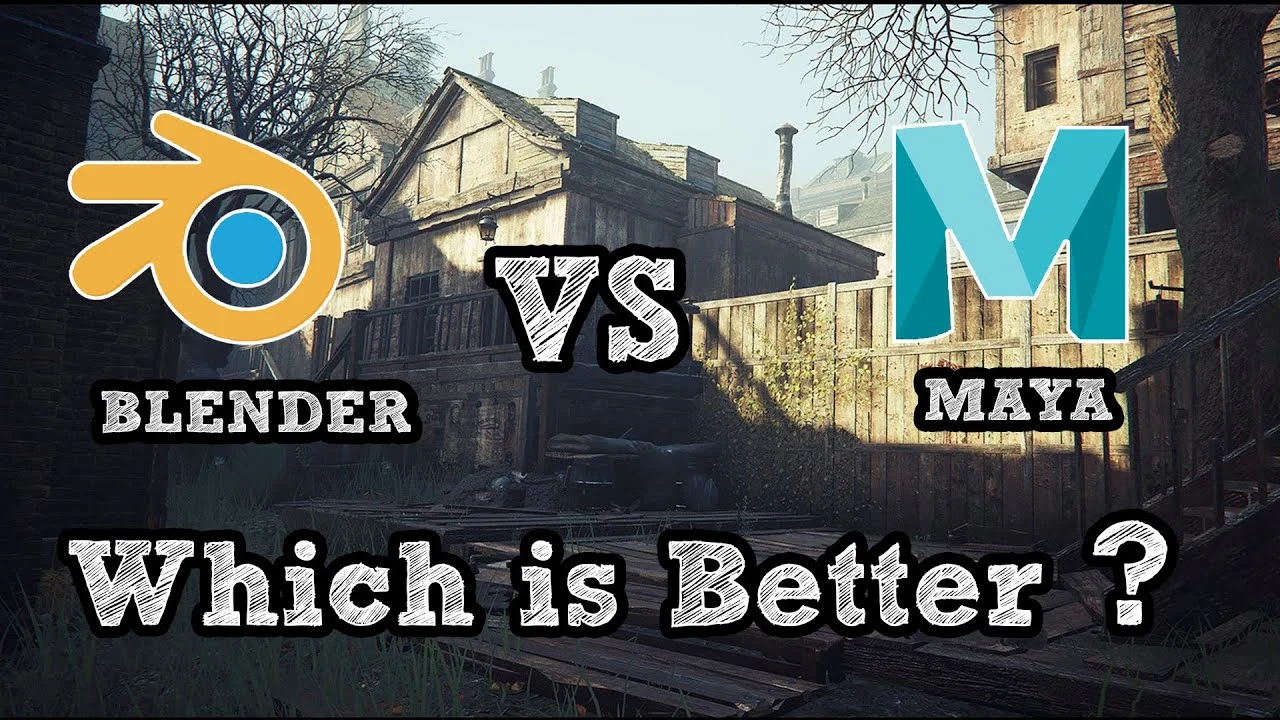

Choosing between Maya and Blender depends on your specific needs and preferences. Maya is a professional 3D animation software developed by Autodesk, widely used in the film, television, and gaming industries. It offers robust features, advanced animation tools, and excellent rendering capabilities, making it a preferred choice for large-scale productions and professionals who require high-quality results. Maya’s extensive plugin support and integration with other Autodesk software also make it suitable for collaborative projects within larger pipelines.
On the other hand, Blender is a powerful open-source 3D software that caters to a wide range of users, from hobbyists to professional artists and animators. It offers an impressive set of tools, including modeling, texturing, animation, and rendering, making it a versatile option for various projects. Blender’s active community constantly updates and improves the software, resulting in regular updates and new features. Being open-source, Blender is free to use, making it an attractive option for those on a budget or just starting in 3D animation.
Ultimately, if you are a professional working on large-scale projects and can afford the cost, Maya might be the better choice due to its industry-standard features and support. However, if you are looking for a powerful, free, and versatile 3D software that suits various needs, Blender is an excellent option that continues to improve and evolve through community contributions.
Final Words
Maya Vs Blender is powerful 3D creation software that offers a wide range of features and capabilities. Maya may be better suited for large-scale productions and experienced users, while Blender may be more accessible for beginners and independent creators. Ultimately, the choice between Maya Vs Blender depends on the user’s needs and preferences.

